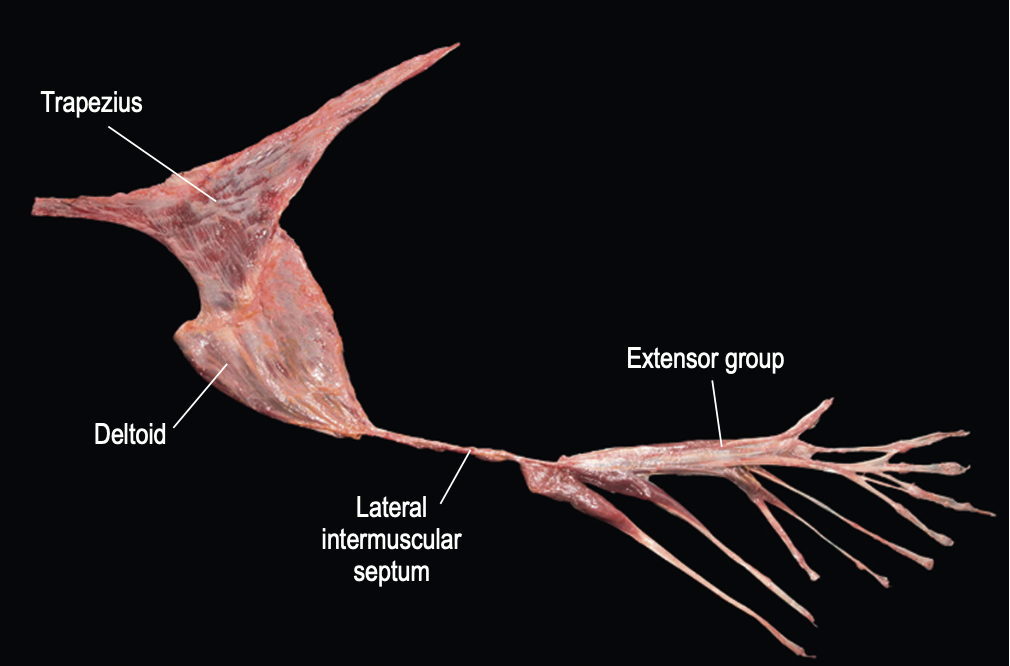Here’s the latest from the Steccos and the University of Padua. This is a great review of what’s happening where the rubber meets the road in tissue. Worth a read, even if their attitude to paragraphs is more Italian academic than American.
I first heard the term ‘myofascial unit’ from Ida Rolf in 1977. The article says Luigi Stecco coined it in 2002. Friendly rivalry maybe?
The frustration that birthed the term was similar in both. We have all assumed ‘myofascial unit’ meant ‘a muscle’, and have built our movement anatomy on individual muscles working origin to insertion. But those like Luigi (I’ve met him, he’s a mensch) and Ida who recognised the medium of fascia that surrounds each and every muscle and binds them all together. This creates a number of attachments (and possible steadying or synergetic actions we haven’t yet included in our clinical thinking.
Add to that – and this is in this article too – that the muscle is not one ‘myofascial unit’, it is many. A muscle is not controlled by one motor nerve. Put your arm out to the side and rotate the shoulder medially and laterally. You are using the deltoid muscle as agonist, antagonist, and fixation muscle at the same time, so each part must be innervated separately.

With this, you can form a new picture. Rather than individual muscles firing as a whole to accomplish a task or keep your skeleton steady while you do that task, what is a more accurate picture is that individual neuromotor units, or myofascial units, or just ‘fascicles’, since the whole thing – muscles, nerve, blood vessel, surrounding all the muscular fascia – is a fascial bag, dividing the muscle into the equivalent of orange slices. This interplay of contractions within bits of muscle plays like a symphony in your body every day, with every activity.
This makes clinical decisions more difficult: You really do have to consider surrounding fascia and maybe even tissues at some distance from the offending pain or dysfunction; it’s not as simple as the ‘isolated muscle’ theory we all grew up with. On the other hand, the loss of simplicity is more than made up for when we expand our eyes to see the interaction of the whole before we bring it down to the parts we are choosing to work on. Much more satisfying, both in terms of your process, and in terms of the results.
OK, I’m putting it informally – read the article to get the whole happy meal.
– Tom Myers, March 15, 2023
Read the full article here:
From Muscle to the Myofascial Unit- Current Evidence and Multiple Perspectives





